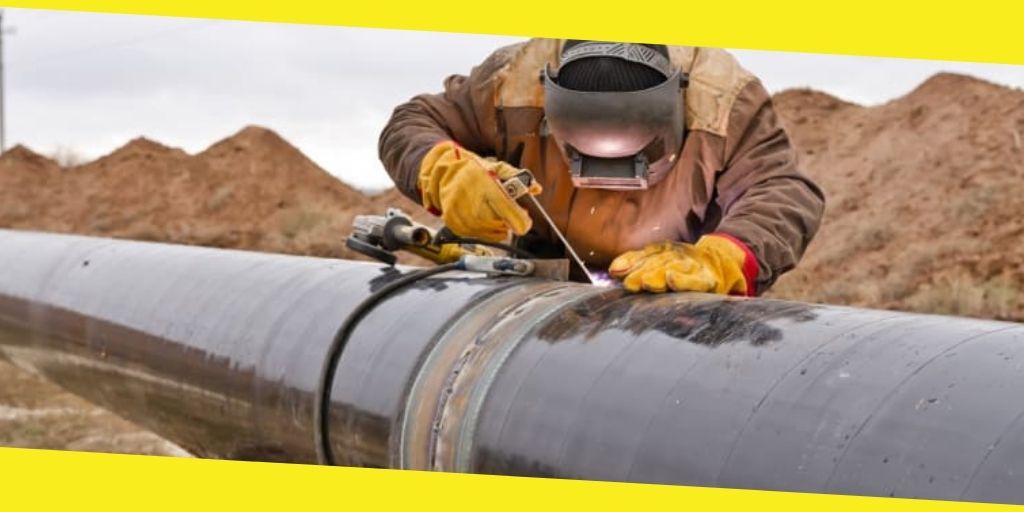Everything You Should Know About Cathodic Protection

Corrosion majorly causes early damage to a metal structure. Operators can install a cathodic protection system on the facilities and equipment and to ensure the longevity of their life.
These systems used helps to avert corrosion for a long time in a variety of civil and industrial applications. They function well in new construction, major expansion projects, and upgrades.
This article discusses two kinds of cathodic protection systems, the structures they protect, and to illustrate pipeline corrosion prevention using cathodic protection.
You can read the questions and answers at the end of the article for further information.
They are two kinds of cathodic protection systems. They are the impressed current and the galvanic.
Contents
ToggleThe Galvanic Cathodic Protection
The anodes attached to the structure being protected in a galvanic system bear an innate capacity that is negative than that of the structure. The current of cathodic protection has a flow that begins at the anode and ends at the structure when connected in a circuit. The anode is negative than the structure.
When installed appropriately, galvanic anodes or sacrificial anodes can insulate the interior, underground steel, interior, industrial structures, and marine against corrosion.
They are constrained in their application because they can survive without an external source of energy. Galvanic anodes will function for a long time and operated with ease when properly installed.
Galvanic anodes come in a range of configurations like:
- Bare metal anode material such as zinc, aluminum, magnesium, zinc, etc.;
- Backfill packaging for usage underground;
- Manufactured with external straps made of steel for assembling structures;
- Types of ribbon;
- Rods and unique structures/shapings.
The Impressed Current Cathodic Protection
The difference in potential between the steel framework and the galvanic anode is often insufficient to create an adequate flow to protect against corrosion. A rectifier can supply higher potential differences in certain instances, allowing more current to reach the protected structure.
Hence, this is called an impressed current cathodic protection system.
Some top frequently asked questions on cathodic protection.
How does cathodic protection work?
For cathodic protection to occur, a circuit forms with an anode or anodes, external devices, in an electrolyte. The anode sends current to the structure’s surface via the electrolyte. Corrosion goes to the anode to prevent the structures from corroding later on.
What is Anode?
In a Cathodic Protection system, an anode is one of the essential components. An anode is responsible for discharging the DC. It is the electron source for any cathodic protection system. An anode is negative than the protected structure.
What is a Cathode?
The cathode is the structure that undergoes cathodic protection. It is also where current flows after the anode discharges. It is highly positive than the protected structure. The cathode gets polarized, or more electrically negative, as electrons are received.
What are the most common constructions that need cathodic protection?
The proper application of cathodic protection is helpful for a range of underground or submerged installations.
Structures often shielded with CP are: oil and gas steel cables, tank bottoms on large diameter above-ground water tanks, steel, and ductile iron water pipelines, HVAC electrical transmission guide cable supports, and cast metal fire hydrant risers.
At all times, make sure you consult a professional partner to help you achieve your project’s objectives.
Scape Consulting offers corrosion control and cathodic protection services that are cost-effective and high-quality. They provide a solution customized to your requirements.
Recommended For You
3 Ways Businesses Can Protect Themselves Against Viruses
Most Inside
Most Inside offers high-quality recommendations and valuable updates to enhance all aspects of your life, providing premium guidance and enriching experiences.




